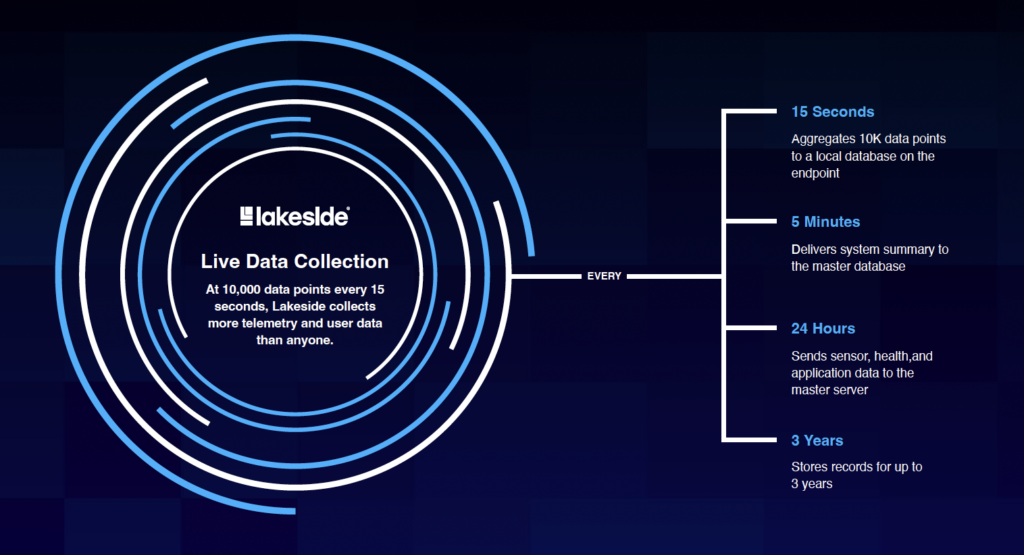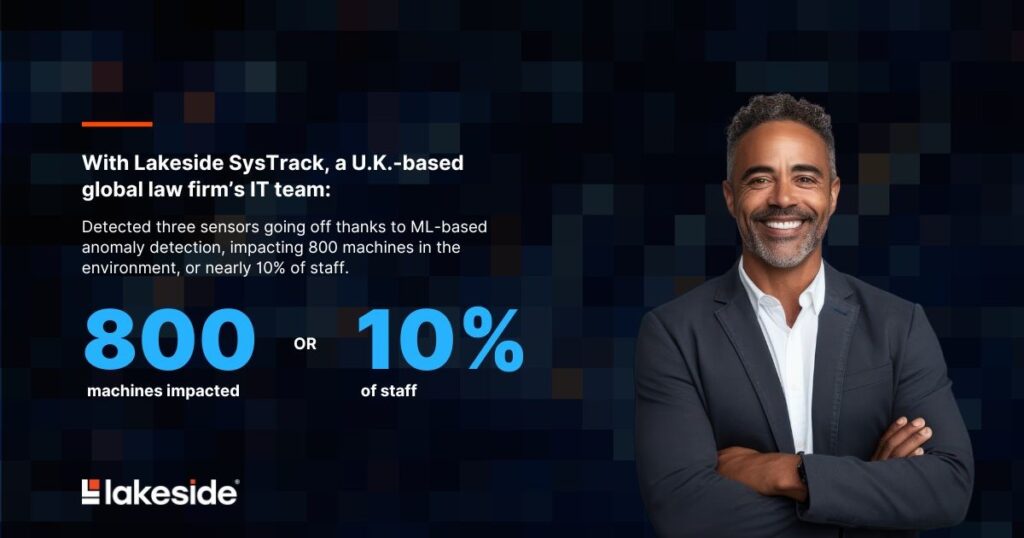
As we discussed in “Build a Proactive IT Organization to Strengthen IT Resilience in 2025 and Beyond,” IT resilience is now table stakes for enterprises competing in the digital economy, especially as regulations such as The Digital Operational Resilience Act (DORA) come into effect. Traditional, reactive approaches simply do not work for IT environments on the verge of a widespread problem — one that could take down the entire IT estate and disrupt business continuity.
Fortunately, with the rise of machine learning (ML) and data-driven decision-making, proactive IT can mature to the point of being predictive. Rather than relying on predefined thresholds, anomaly detection identifies deviations in system performance, enabling IT teams to address problems before they impact the broader infrastructure
This predictive IT approach gives IT teams the early-stage visibility they need to detect estate-wide trends and, in turn, contain a pending outbreak before an IT outage occurs.
Using machine learning algorithms and a robust data set, Lakeside SysTrack can identify patterns that human analysts may not have the bandwidth to analyze among such vast data sets to see the problems. A slow degradation in system performance could indicate future hardware failure, or specific user behaviors could correlate with future security threats. AI identifies these patterns in real time, providing IT teams with the information needed to take proactive measures before small issues escalate into outages.
Predictive IT: The Better the Data, the Better the Insights
Robust data collection at the endpoint can lead to the most accurate and relevant data insights about the system health and the digital employee experience.

Data alone does not build resilience, however. It’s the insights derived from well-structured data that matter. AI purpose-built for IT, such as Lakeside SysTrack’s embedded AI/ML engine, enables organizations to sift through massive amounts of data, identify patterns, and correlate findings across different parts of the IT landscape.
For instance, an anomaly in application performance might initially seem isolated, but AI-driven tools can correlate this indicator with underlying hardware issues or even external network problems, providing a holistic view that helps IT teams make better decisions faster.
Predictive IT Case Study

With Lakeside SysTrack, a U.K.-based global law firm’s IT team:
• Detected three sensors going off thanks to ML-based anomaly detection, impacting 800 machines in the environment, or nearly 10% of staff.
• Investigated the root cause of the spiking CPU and discovered the culprit was a common video driver.
• Resolved the issue with a driver update before the issue hit the whole firm and affected employee productivity / billable hours.
The Promise of Predictive IT: Preventing Problems in the First Place
The promise of AI purpose-built for IT is not only in solving issues faster but in preventing them from happening at all. Anomaly detection introduces another proactive layer by identifying deviations that don’t match expected patterns, even when the IT team isn’t specifically looking for them. For instance, you may not know to set a sensor for memory leakage in a specific application until it becomes a problem. Anomaly detection can preemptively flag that anomaly by correlating various data points — without waiting for the issue to manifest.
As AI-driven tools such as SysTrack perform continual anomaly detection and automated root-cause analysis, IT professionals can focus on more strategic projects that drive business transformation. The promise of AI purpose-built for IT is not only in solving issues faster but in preventing them from happening at all.
Want to learn more ways to build IT resilience in 2025 and beyond? Discover them in our latest e-book. See below to download your copy today.

Subscribe to the Lakeside Newsletter
Receive platform tips, release updates, news and more



